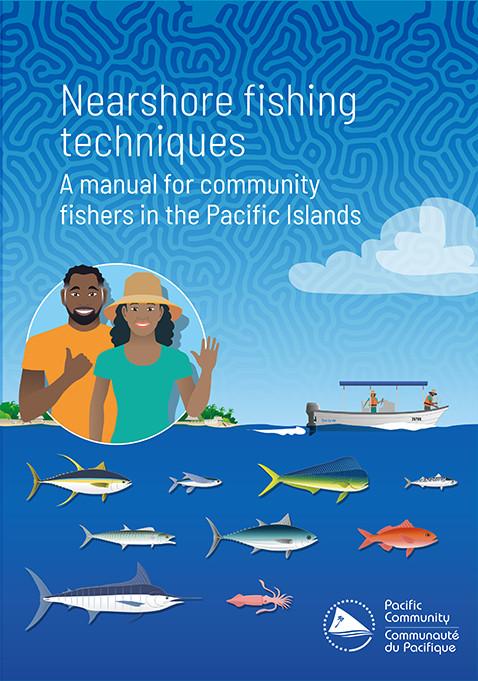What is nearshore fishing?
This manual has been written to help Pacific Island fishers increase their chances of success by targeting fish in the nearshore area. But what exactly is meant by “nearshore”?
The nearshore zone starts from outside the reef or lagoon, and goes out to about 12 nautical miles (nm), where the ocean is at least 500 metres deep. This zone is reached by medium-sized fishing boats up to 12 m long, and which can carry out fishing trips that last a few days..
Many of the techniques described in this manual can also be carried out in offshore waters, as long as the vessel is safe and seaworthy for that zone.
Why does this manual focus on nearshore fishing?
Long ago, Pacific Island populations were much smaller than they are today. The recent increase in human populations throughout the Pacific has led to the overfishing of fish and invertebrates, especially those that are close to cities and towns.
Many Pacific Island governments and communities want to manage inshore fishery resources as a source of healthy nutrition, particularly after cyclones and other natural disasters when food supplies may be disrupted. So, Pacific Island governments are encouraging fishers to leave inshore resources alone, and instead target nearshore fish species (those that are found beyond the reef edge).
Using the 20 techniques described in this manual help to move fishing away from the inshore zone and into the nearshore zone where fish stocks are more resilient.
Also accesible via SPC FAME website at: http://fame.spc.int/manual-nearshore-fishing-techniques
